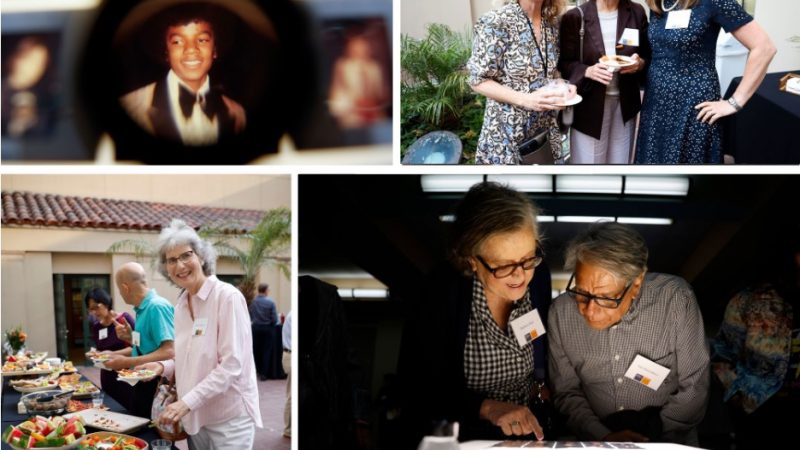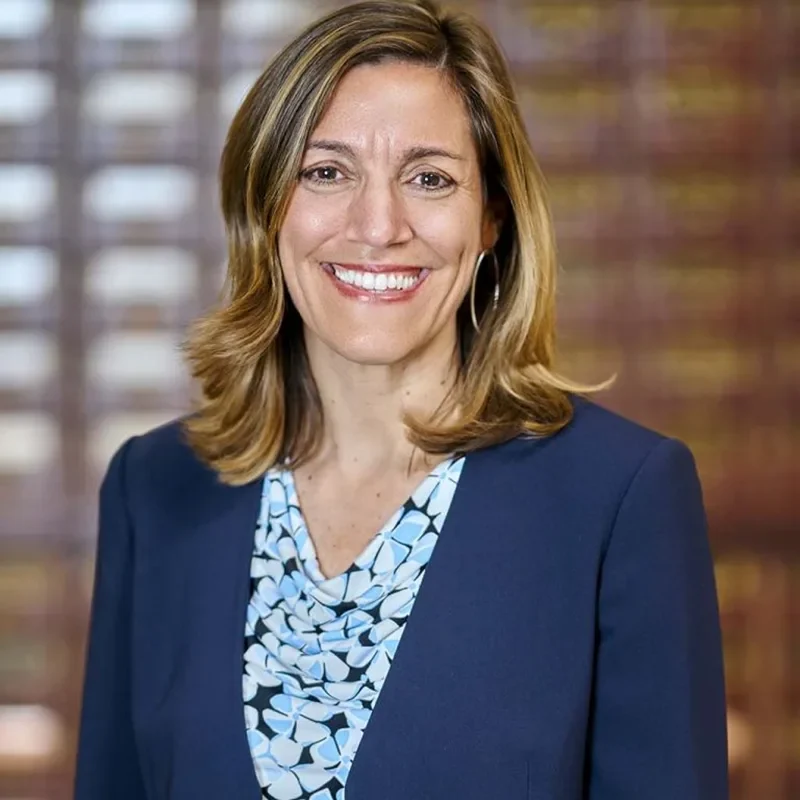African American Heritage Month is underway and to celebrate a special traveling exhibit recently opened at Central Library’s Getty Gallery. For All the World to See: Visual Culture and the Struggle for Civil Rights explores the major role imagery played in the fight for racial and social equality from the 1940s through the 1970s.

From photographs to television clips to ephemera and other historic artifacts, the exhibit showcases the cultural and historical power of visual imagery as it influenced key civil rights events. Also currently on view at Central Library, a companion exhibit of photographs from the Los Angeles Public Library’s photo collection focuses on L.A.’s role in the civil rights movement. Learn more about these exhibits and check out all of the LAPL’s rich visual collections as part of your own observation of African American Heritage Month—including these groundbreaking films below that illuminate a larger narrative of African American history.
Stormy Weather, directed by Andrew L. Stone, 1943
Built around the premise of a Big Stage Show, Stormy Weather affords rare “mainstream” leading roles to some of the era’s greatest African-American entertainers Lena Horne, Bill “Bojangles” Robinson, Dooley Wilson, Cab Calloway, Katherine Dunham, Fats Waller, and the Nicholas Brothers.
The Defiant Ones, directed by Stanley Kramer, 1958
Convicts Tony Curtis and Sidney Poitier escape from a chain gang. Curtis’ character, John “Joker” Jackson, hates blacks, while Poitier’s character, Noah Cullen, hates whites. However, the men are manacled together, forced to rely on each other to survive.
Shadows, directed by John Cassavetes, 1959
John Cassavetes’ first film tells a gripping story of racism set against a New York background in the 1950s. Lelia, a light-skinned black woman living in New York with her two brothers, has an affair with a white man. But when her lover meets one of Lelia’s brothers and discovers she is black, a painful and emotional eruption occurs.
Cotton Comes to Harlem, directed by Ossie Davis, 1970
Ossie Davis makes his directorial debut a smashing success in the trend-setting action crime comedy Cotton Comes To Harlem. Coffin Ed (Raymond St. Jacques) and Grave Digger Jones (Godfrey Cambridge), two plainclothesmen on the Harlem detail, are assigned to investigate the goings-on of suspicious local preacher Deke O’Malley (Calvin Lockhart), whose “Back to Africa” political movement turns out to be a scam.
Killer of Sheep, directed by Charles Burnett, 1977
“One of the essential films of American cinema,” an African-American slaughterhouse worker searches for tiny moments of beauty in his predominantly bleak life.
At the turn of the century, West African slaves were brought to a small island near South Carolina to labor in the indigo trade. Isolated in the swampy atmosphere, the Gullah community was built based on ancient Yoruba traditions. This unique community is explored in Julie Dash’s debut feature, a costume drama about the Peazant family, a fictional group of Gullah natives living on Ido Landing.
Malcolm X, directed by Spike Lee, 1992
Writer-director Spike Lee’s epic portrayal of the life and times of the slain civil rights leader Malcolm X, who through his religious conversion to Islam, found the strength to rise up from a criminal past to become an influential civil rights leader.
Browse thousands of other films available for free streaming on the Library’s streaming services, including, Pioneers of African American Cinema–a special series of newly restored films from the 1920s-’40s that not only starred African Americans but were funded, written, produced, directed, distributed, and often exhibited by people of color.
Save
Save
Save
Save






